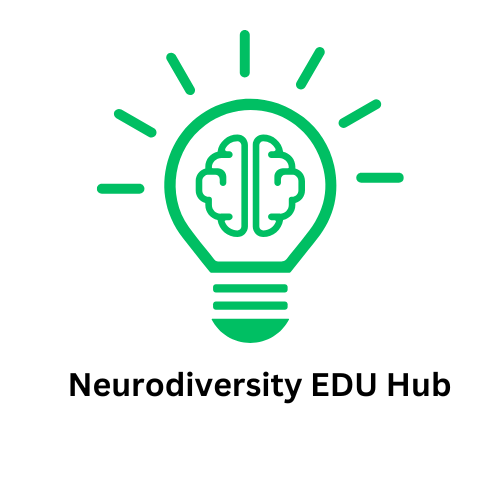
Why Multimodal Communication Matters for Accessibility
Impairments in communication can significantly hinder effective interaction, especially in educational settings. For many autistic individuals, multimodal communication—utilizing various methods such as speech, text, visuals, and technology—serves as a vital bridge to accessibility. A potent example of this is the work of Kaishawna Fleming, a university student who crafted a thought-provoking visualization project centered around the importance of diverse communication forms for disability representation.
Fleming's choice to present her insights via Instagram demonstrates her understanding of current social media platforms as a primary channel for learning and connection. Given the widespread accessibility of these platforms, her project was positioned to reach both disabled and non-disabled audiences, aiming to foster an educational experience beyond traditional classroom settings. In today's digital landscape, visual storytelling has taken precedence in how we communicate ideas, making it a crucial component for effective education and advocacy.
The Emotional Power of Visualization in Learning
It’s essential to recognize the profound impact of visualization as a learning medium. Fleming highlights that creating a visualization demands a deeper understanding of the material than mere reading might offer. It brings a human element that text alone cannot convey—voice inflections, facial expressions, and the dynamism of a presentation foster a stronger connection between presenter and viewer. The human bond that emerges is key, which is often lacking in traditional educational methods.
For instance, a volcano project could easily be conveyed through instructions alone, but the personal demonstration builds rapport, illustrating the difference in approach. Similarly, as Fleming notes, musicians interpret a composer’s work in a way that is uniquely theirs, an act of communication that extends beyond written notes. Such interactions highlight the emotional resonance that multimodal communication holds and how it enhances genuine understanding.
Linking Multimodal Communication to Current Educational Trends
Fleming's project is more than just an academic exercise; it connects to broader trends in education where digital storytelling is gaining traction. As described in Porter’s (2009) research, the shift towards digital narratives reflects a larger cultural change in how knowledge is shared and consumed. Documentaries, vlogs, and other forms of digital storytelling emphasize connection and relatability, appealing to the fundamental human desires for social engagement and storytelling.
This trend illustrates the revolutionary shift in pedagogical approaches, particularly within neurodiverse classrooms. For educators, embracing these techniques is not only a matter of staying current; it’s about meeting learners where they are—in an accessible and recognizable format that enhances inclusion and understanding.
Visualization: A Tool for Future Teachings
Fleming’s insights serve as a springboard for educators to rethink their teaching methodologies. Incorporating multimodal approaches can empower students with creative control, allowing them to express their learnings in relatable, personalized formats. This adaptability can enhance student engagement, retention of information, and the overall emotional climate within a classroom.
For future educators, understanding the multifaceted nature of communication creates opportunities to foster an inclusive environment. By integrating visualization and other multimodal strategies, teachers can cater to diverse learning styles and promote active participation. Educators are encouraged to explore this engaging medium, not only to share knowledge but to build meaningful relationships with their students.
Conclusion: Encourage Multimodal Communication
As illustrated by Kaishawna Fleming's work, the importance of multimodal communication cannot be overstated. It paves the way for more inclusive education that respects and values every learner’s voice. Today, more than ever, our classrooms can benefit from the integration of diverse communication methods. By embracing these practices, educators can foster understanding and connection among all students, creating an enriching learning environment for everyone. So, what steps will you take to integrate multimodal communication in your teaching approach? The time to act is now!
 Add Row
Add Row  Add
Add 




Write A Comment